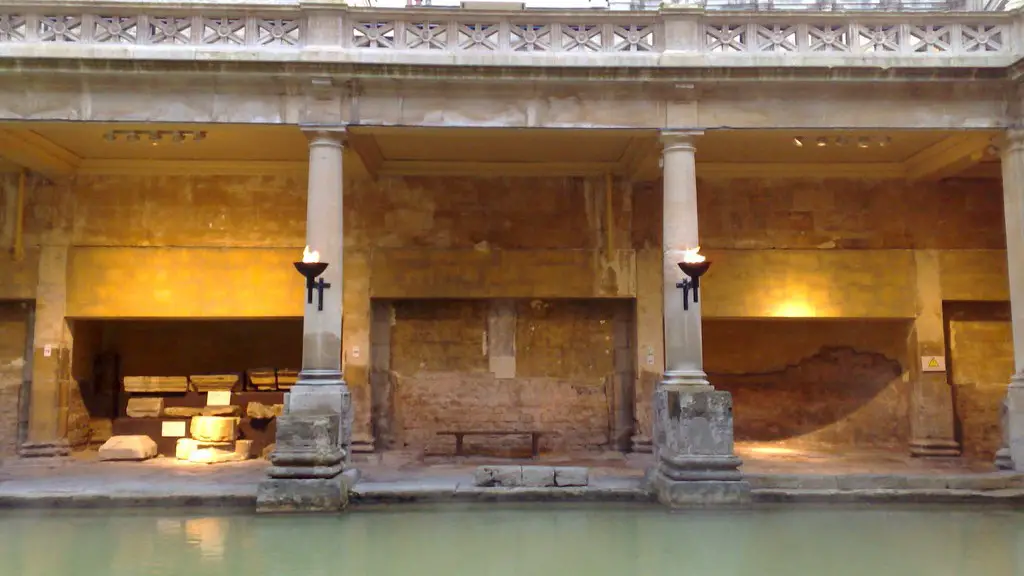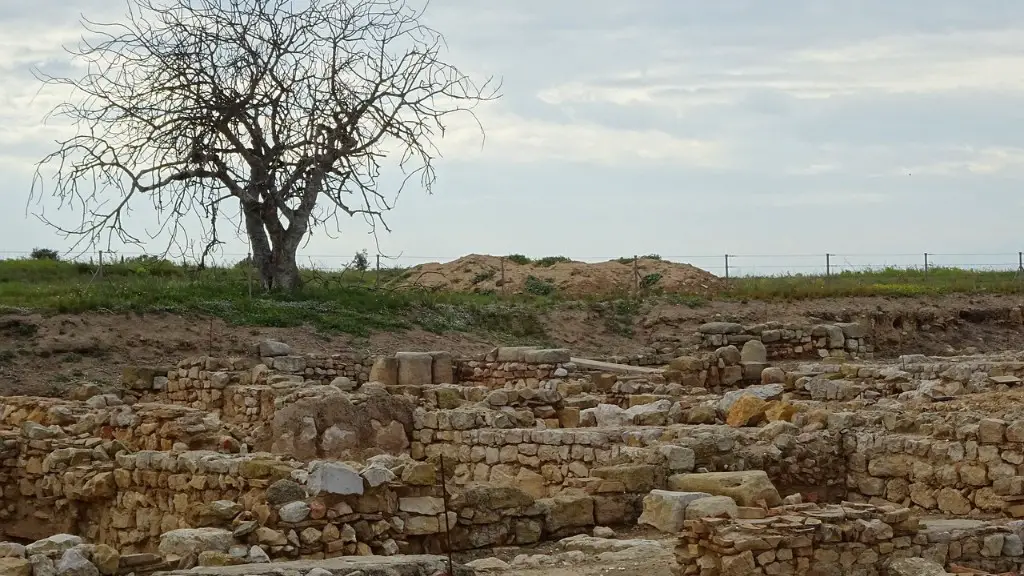The ancient Romans were an extremely complex people, who lived in the city of Rome and its surrounding region (the Italian peninsula). Though their civilization did not reach its peak until the time of the Roman Empire, the founder of Rome, Romulus, was born in 753 BCE. As Rome grew in size and influence, its people made advances in technology and infrastructure that allowed them to thrive. One of the most important aspects of this growth was the Romans’ access to clean, abundant water.
Before the founding of Rome, local water sources such as lakes, rivers, and springs were used by the area’s inhabitants. But, Rome’s growing population pushed these sources beyond their capacity. As a result, innovators like Marcus Vitruvius Pollio stepped in and began to develop solutions for providing reliable water for the people. Vitruvius authored a number of works on engineering, in which he described the amazing feats of Roman water-engineering.
At the heart of this engineering was the development of a vast underground network of aqueducts. These aqueducts were channels of water that ran from springs, rivers, streams, and lakes outside the city into the Roman metropolis. The system transported about 250,000 cubic meters of water per day for the city’s use. The aqueducts used gravity flow to draw the water along, which meant no pumps were necessary. This meant that the urban water supply was not dependent on the hydraulic power of one particular region.
Much of the water provided by the aqueducts was used in communal fountains, public baths and toilets, and even private homes. The huge supply of clean water meant that the Romans had access to higher standards of hygiene than ever before. This was especially true for the poorer members of society, who benefited enormously from the improved quality of water and health services.
The Romans also used the surplus water from their aqueducts for keeping public parks and gardens green, as well as for the larger public monuments and buildings. Aqueducts were often used as an buttress for bridges, and the channels were situated just below the surface of piazzas and other flat public spaces. This allowed the channels to be both aesthetically pleasing and functional.
The Roman aqueducts were some of the most impressive engineering achievements of their day. They drew from sources as far away as 22 kilometres, even crossing mountains and rivers in their effort to provide the inhabitants of Rome with much needed water. The system, which was in place by the first century BCE, supplied Rome with clean water for nearly a thousand years.
Advantages of the Aqueducts
The aqueducts gave the Romans access to clean, reliable water, a huge benefit for both public health and hygiene. The water was used for drinking and for personal hygiene, which improved life expectancy, particularly for the poor. They also supplied water for the public baths, fountains, and public parks and gardens, which gave the people the much-needed reprieve from the summer heat. Furthermore, the aesthetic appeal of the aqueducts made them a popular feature of the Roman urban landscape.
Disadvantages of the Aqueducts
For all their benefits, the vast network of aqueducts presented its own set of problems. The Romans had to build the aqueducts over long distances and often times the channels had to cross mountains and rivers, causing difficulties in their construction. The channels also had to be made of extremely durable material to withstand the elements and prevent leakage. This was a difficult task, given the limited materials available. Moreover, the upkeep of the aqueducts was a constant effort, as debris and sediment had to be cleared from the channels.
Analyzing the Impact of the Aqueducts
The aqueducts the Romans devised were a crucial part of their civilization. By providing clean water to the city, the aqueducts allowed Rome to sustain its rapidly growing population. This led to the advancement of urban technology and infrastructure, as well as improved public hygiene and health. The aqueducts were a source of pride for the Roman people, and their impressive length and complexity have captured the passions of engineers and historians to this day.
Modern Day Aqueducts
Aqueducts are still in use today in many cities around the world, especially those located in Mediterranean countries. Most modern-day aqueducts are made with concrete or steel, which is sturdier and resilient than the material used by the ancient Romans. Today’s aqueducts are often powered by pumps or pressure instead of gravity, and have strict maintenance regimes to ensure that they function properly.
Conclusion
The ancient Romans were ingenious engineers and their development of the aqueducts was a crucial part of Roman life. By providing clean water to the city and its people, the aqueducts allowed Rome to sustain its rapidly growing population and improve its public health and hygiene. The aqueducts were a source of pride for the Roman people and their technology lives on in cities around the world.


